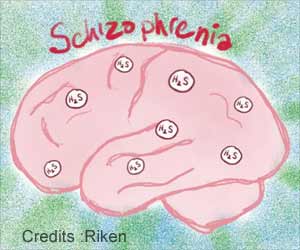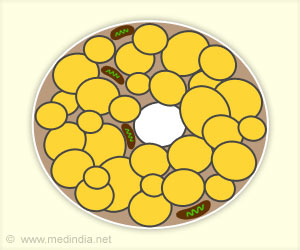Distortion in snaps can now have a remedy in the recent creation of a human eye-inspired photo-detector , courtesy the researchers from The University of Wisconsin-Madison.
Distortion in snaps can now have a remedy in the recent creation of a human eye-inspired photo-detector , courtesy the researchers from The University of Wisconsin-Madison.
Zhenqiang Ma, an Electrical and Computer Engineering Associate Professor, believes that the new light-sensitive material he and his colleagues have created can revolutionise photography and other imaging technologies, and render cell-phone pics and expensive lens systems ancient history.A research article on their study, published in the journal Applied Science, points out that when a device records an image, light passes through a lens and lands on a photodetector-a light-sensitive material like the sensor in a digital camera. However, a lens bends the light and curves the focusing plane.
In a digital camera, the point where the focusing plane meets the flat sensor will be in focus, but the image becomes more distorted the farther it is from that focus point.
"If I take a picture with a cell phone camera, for example, there is distortion. The closer the subject is to the lens, the more distortion there is," says Ma, adding that this is why some photos can turn out looking like images in a funhouse mirror, with an enlarged nose or a hand as big as a head.
The researcher says that high-end digital cameras correct this problem by incorporating multiple panes of glass to refract light and flatten the focusing plane.
However, the mammoth telephoto lenses sports photographers use are large, bulky, and expensive. Even high-quality lenses stretch the edges of an image somewhat.
Advertisement
In the eye, light enters though a single lens, but at the back of the eye, the image falls upon the curved retina, eliminating distortion.
Advertisement
He says that it is possible to create curved photo-detectors with specially fabricated nanomembranes-extremely thin, flexible sheets of germanium, a very light-sensitive material often used in high-end imaging sensors.
He adds that such nanomembranes can be applied to any polymer substrate, such as a thin, flexible piece of plastic.
His team have so far shown photo-detectors curved in one direction, but they hopes to develop hemispherical sensors soon.
"We can easily realize very high-density flexible and sensitive imaging arrays, because the photodetector material germanium itself is extremely bendable and extremely efficient in absorbing light," Ma says.
Source-ANI
SAV









